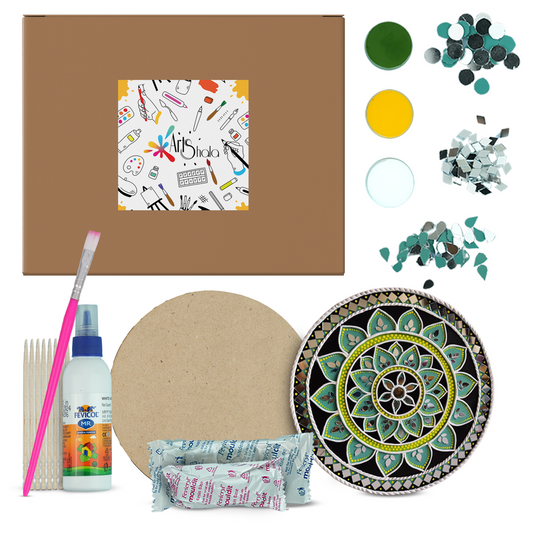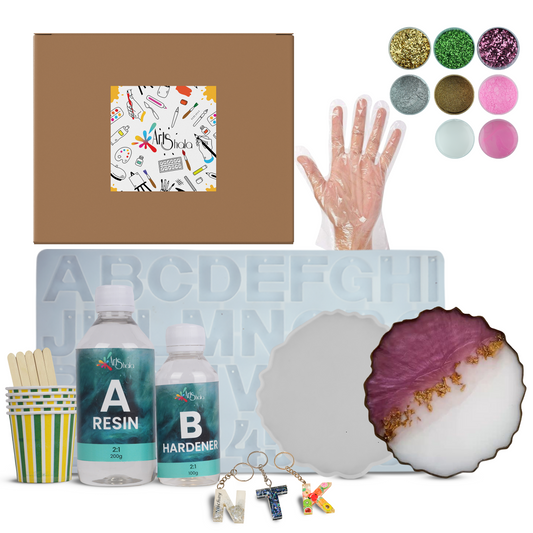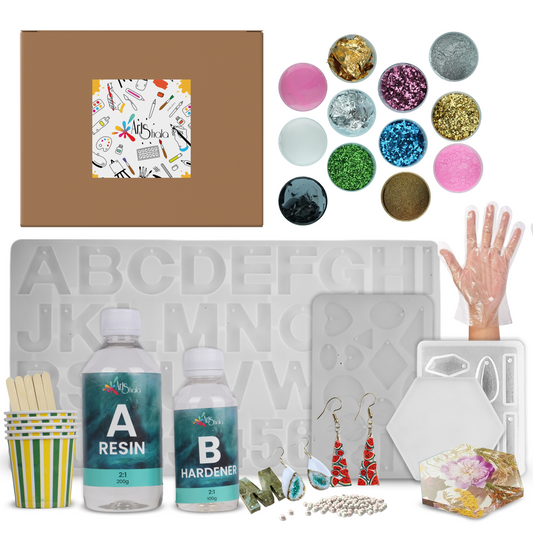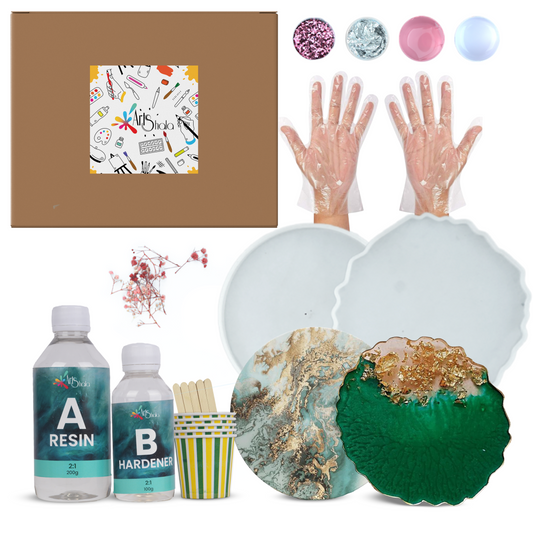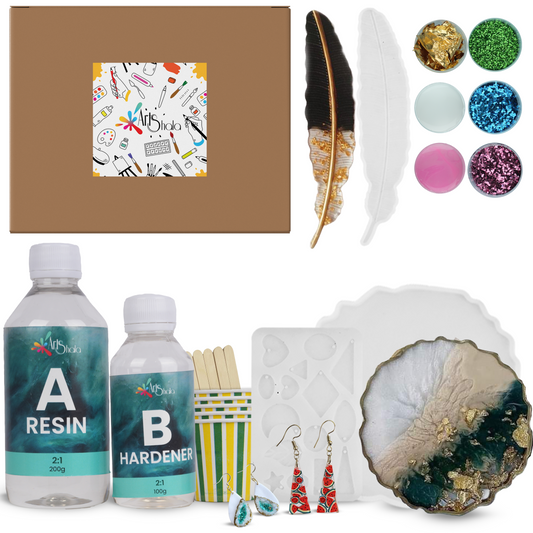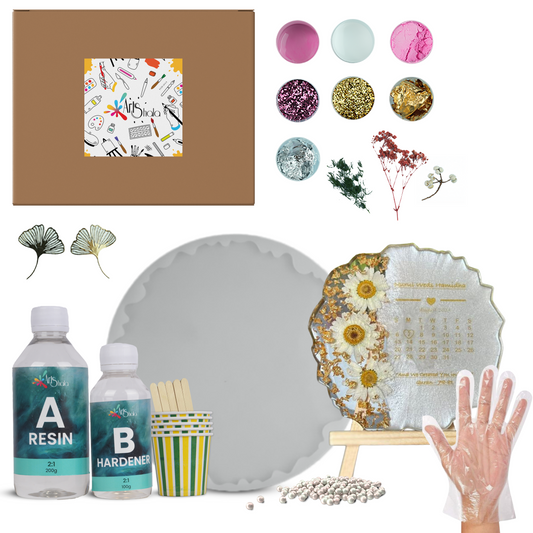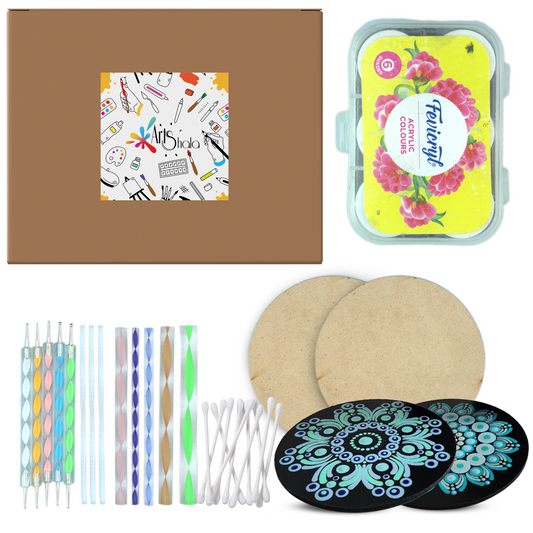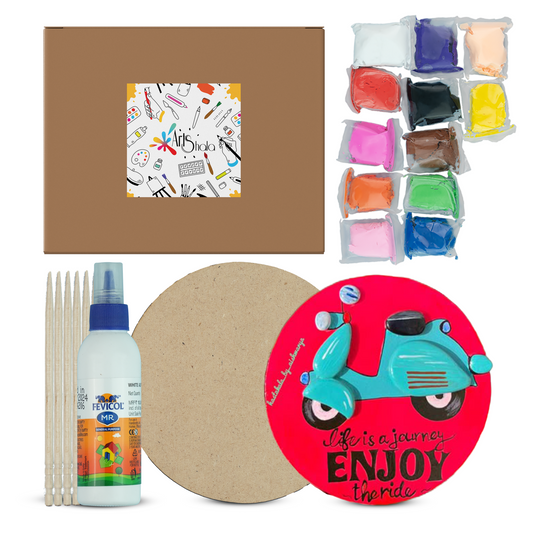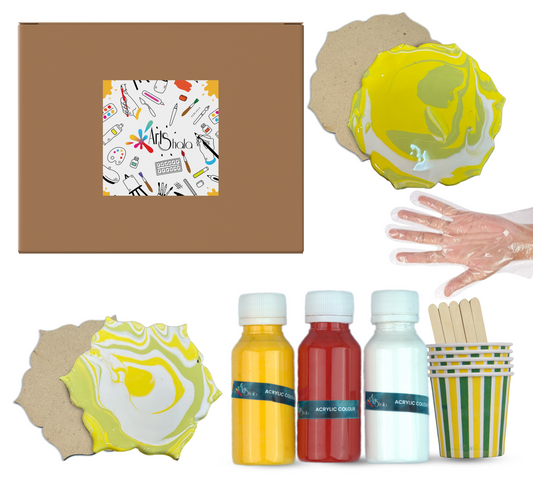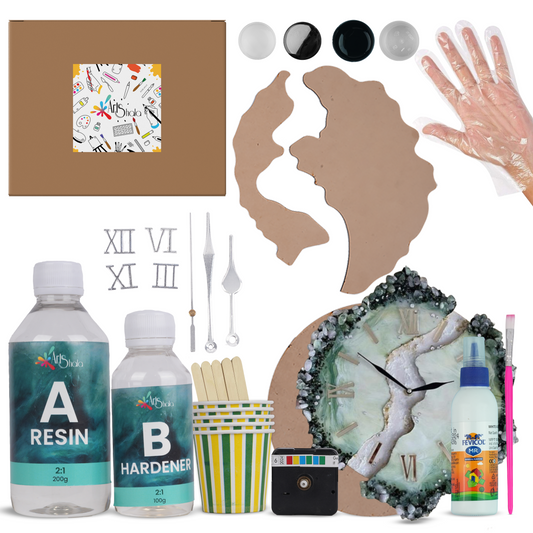How to Get Vibrant Acrylic Colours in Your Painting?
Vibrant colours are crucial in art, capturing attention and evoking emotions. Acrylic paints are particularly effective in achieving these striking hues due to their versatility. With the proper techniques, artists can create stunning visual impacts. Consider joining an acrylic painting workshop to learn from experienced artists and gain insights into various methods for achieving vibrant colours.
In this blog, we will look into various techniques and tips to help you get the most vibrant colours from your acrylic paints. Key topics include understanding colour properties, minimising muddiness, and experimenting with different mediums. Whether you’re a beginner or looking to refine your skills, these insights will guide you toward achieving eye-catching results in your artwork.
Start with High-Quality Acrylics and Pure Colours
Choosing high-quality acrylics is vital for achieving vibrant results in your artwork. These paints contain more pigment, resulting in richer colours and better coverage. Here are some recommended brands:
-
Golden Artist Colours: Known for their extensive range of vibrant hues.
-
Liquitex Professional: Offers a variety of pure colours suitable for various techniques.
-
Winsor & Newton: Renowned for their high pigment concentration and smooth application.
Utilising pure colours is essential to maintain vibrancy. Mixing too many colours can lead to muddiness, dulling the overall appearance of your painting. To keep colours bright:
-
Limit mixing by layering instead.
-
Use complementary colours side by side to enhance visual impact.
Selecting the right materials lays a strong foundation for your creative journey, letting the true essence of your vision shine through each stroke.
Limit White Paint Usage for Enhanced Saturation
Using white paint can be tricky. Many artists need to rely on it more heavily, which leads to the desaturation of colours. To enhance saturation, consider these techniques:
-
Use white sparingly: Instead of mixing white into your colours, apply it strategically for highlights. This preserves the richness of your base hues.
-
Mix carefully: If you need to lighten a colour, try mixing a lighter version of that colour instead of adding white. This keeps the vibrancy intact.
-
Beware of excess: Too much white can dull the overall vibrancy of your artwork. Limit the use of white to maintain clarity in your colours.
By being mindful of how and when you incorporate white paint, you can achieve more vivid and striking results in your acrylic paintings.
Understand the Colour Properties and Drying Behaviour of Acrylics
Acrylic paints can be tricky due to their unique drying behaviour. When wet, colours may appear vibrant and bright but often dry darker than expected. This change can significantly impact the final look of your painting.
-
Mixing Tips: Mix colours slightly lighter or brighter than you envision to counteract this drying effect. This compensates for the darkening effect once the paint dries.
-
Testing is Key: Before applying any mixes directly to your artwork, always test them on a separate surface. This practice lets you see how the colours will look once dry and helps avoid surprises in your final piece.
Understanding these colour properties enhances your ability to achieve vibrant results with acrylic paints while ensuring that your artistic vision remains intact.
Use Opaque Colours Effectively with Semi-Opaque Layers
Incorporating opaque colours into your palette can significantly improve the depth and richness of your artwork. Here’s how to effectively use these colours along with semi-opaque layers:
Benefits of Opaque Colours
These colours provide a solid foundation for brighter, more vivid outcomes. They can serve as underlayers, creating a solid base while reflecting light beautifully on the surface.
Transparent Layers for Glazing
Use transparent colours sparingly for glazing effects. This technique adds complexity without dulling existing vibrancy. Apply them gently over dry opaque layers to maintain brightness.
Balancing Opacity and Transparency
The key is knowing when to use each type. Start with opaque layers to establish your composition, then introduce semi-opaque or transparent washes. This balance creates harmonious transitions and enhances the painting's overall vibrancy.
By mastering the combination of opaque colours and semi-opaque layers, artists can achieve stunning visual effects that draw viewers in.
Explore Mixing Techniques for Maximum Vibrancy
Mixing colours effectively is critical to achieving vibrant results in acrylic painting. Here’s a simple step-by-step guide to help you mix colours from lightest to darkest:
-
Start with the Lightest Colour: Mix with the lightest shade, such as white or a pastel colour, to establish a bright base.
-
Gradually add Darker Tones: Slowly introduce darker colours into your mixture, one small amount at a time. This helps maintain vibrancy without overwhelming the lighter shade.
-
Limit Your Palette: When mixing, stick to two or three colours. Adding too many hues can create a muddy blend and reduce vibrancy.
-
Avoid Over-Mixing: Mix enough to combine the colours without losing their characteristics. Over-mixing can dull the overall effect.
By following these colour mixing techniques, you can enhance vibrancy in your paintings and create stunning visual impact with every stroke.
Prepare Your Surface Properly for Vibrant Results
Surface preparation plays an important role in achieving vibrant acrylic colours. A well-prepared surface ensures good paint adhesion and allows colours to shine bright. Here are key aspects to consider:
Recommended Surfaces
-
Canvas: A popular choice for acrylic painting, it provides texture that can enhance depth.
-
Paper: Special acrylic paper is also available, offering a smooth finish ideal for specific techniques.
Importance of Gesso
-
Applying gesso creates a primed surface that prevents the paint from soaking in.
-
It enhances the vibrancy of colours by providing a barrier, allowing them to sit on top of the surface.
Properly priming your canvas or paper with gesso prepares the surface and boosts the overall outcome of your artwork, setting the stage for those vivid hues to pop.
Experiment with Colour Combinations that Pop!
Creating vibrant artwork often depends on finding the right colour combinations. Here are some examples of successful pairings:
-
Warm Combinations: Pairing Primary Yellow with Fluorescent Pink produces striking oranges that radiate energy.
-
Cool Combinations: Mixing Turquoise with Primary Yellow yields bright greens that feel fresh and lively.
When it comes to crafting complementary palettes, consider these tips:
-
Use colours opposite to each other on the colour wheel for balance, such as Blue paired with Orange. This enhances vibrancy without overwhelming the viewer.
-
Limit the number of hues in a single piece to avoid chaos. Stick to two or three main colours, then introduce shades or tints for depth.
Experimenting with these combinations can lead to stunning visual impact in your artwork. Embrace the journey of discovery as you play with colours!
Use Blending Mediums Strategically in Your Process
Blending mediums are essential for artists seeking to enhance their acrylic painting techniques. These mediums come in various forms, each designed to improve your work's texture and finish. Here are some popular options:
-
Acrylic Glazing Liquid: It creates transparent layers without losing vibrancy. It allows for smooth application and subtle colour shifts.
-
Slow-Drying Medium: This medium extends the drying time of acrylic paints, making it easier to blend colours seamlessly. It is perfect for achieving soft transitions without harsh lines.
-
Matte or Gloss Medium: Provides different finishes, allowing flexibility in how vibrant colours appear on your canvas.
Using a blending medium during your painting process offers several advantages:
-
Achieves smooth transitions between colours
-
Maintains the vibrancy of each hue
-
It prevents colours from drying too quickly, which can hinder blending efforts
Conclusion
Acrylic painting is a versatile and exciting art form, and by employing these techniques, you can unlock many creative possibilities. From understanding colour theory to exploring texture and depth, each technique adds another layer of interest to your artwork. So, grab your brushes, experiment with blending mediums, and let your creativity flow as you embark on your acrylic painting journey.
Embracing your style is crucial in the art of vibrant acrylic painting. As you develop your technical skills, remember that even basic materials like student-grade tubes can produce stunning results. If you're eager to enhance your acrylic painting skills, Contact Us on Arts Shala today to gain access to expert guidance, interactive lessons, and a supportive community of fellow artists. So don't wait any longer, start your artistic journey with us and unlock your full creative potential in acrylic painting.



